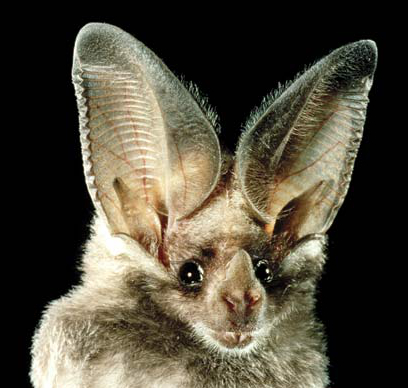Citizens build bat algorithms
 Using data collected by citizen scientists, researchers have developed new algorithms to automatically detect bat echolocation calls.
Using data collected by citizen scientists, researchers have developed new algorithms to automatically detect bat echolocation calls.
Nearly 80 per cent of bat species use echolocation calls for tasks such as navigation and hunting prey.
Detecting these sounds in audio recordings can help scientists monitor changes in bat populations, and since bats are especially sensitive to climate change, bat calls can serve as key indicators of ecosystem health.
However, it can be challenging to reliably detect bat calls in noisy, real-world recordings.
To address this challenge, Oisin Mac Aodha, formerly of University College London, now at Caltech, and colleagues at University College London built new bat-call-detection algorithms based on recent developments in machine learning.
Their algorithm relies on supervised learning with deep convolutional neural networks (CNNs), allowing them to learn directly from audio data to automatically and reliably detect bat calls.
CNNs had never before been applied to bat monitoring, mainly because not enough human-analysed data was available to train them.
To amass enough data, Mac Aodha and colleagues turned to thousands of citizen scientists who collected and annotated audio datasets as participants in the Indicator Bats Programme and Bat Detective project.
Once the algorithms were trained, the researchers put them to the test by applying them to several datasets that represent challenging, real-world monitoring scenarios.
They found that their deep-learning approach was more accurate and reliable than existing algorithms and commercial tools for monitoring bat calls.
“Our method enables us to automatically estimate bat activity from multi-year, large-scale, audio monitoring programs with very little manual effort, enabling us to scale up monitoring efforts globally,” Mac Aodha says.
Their algorithm is currently deployed as part of a real-time bat monitoring project.
The team is working to develop systems that can extract more fine-grained information from audio recordings, such as the presence of specific bat species.







 Print
Print